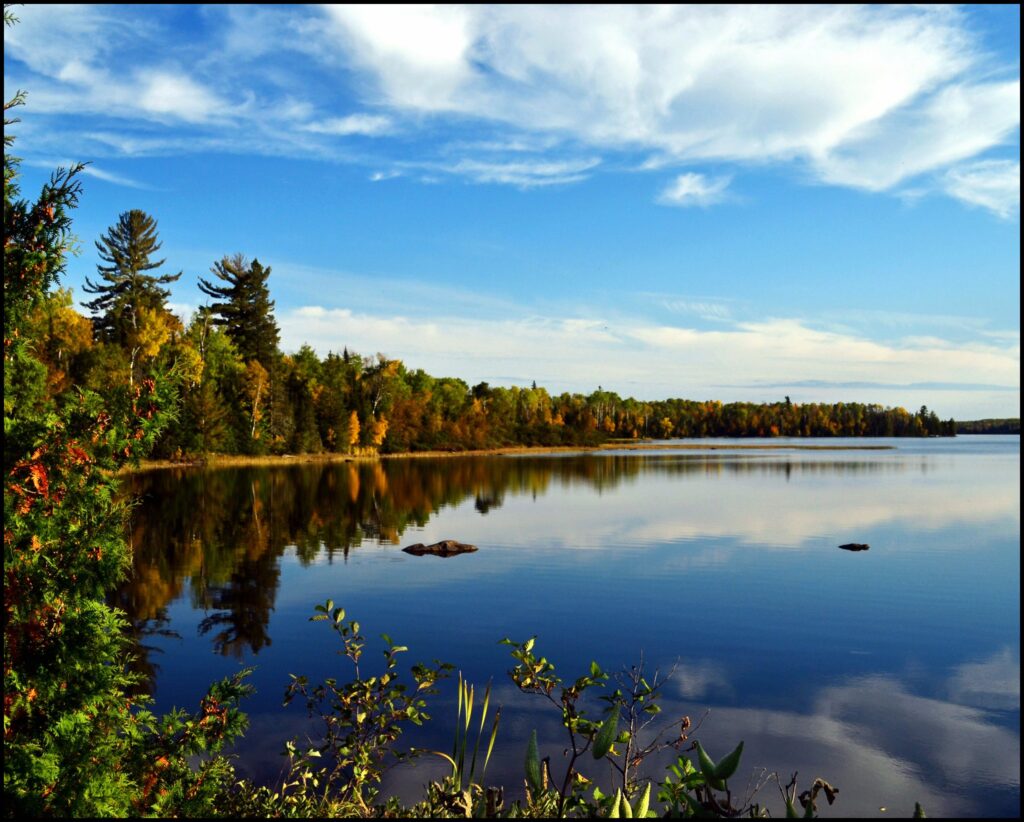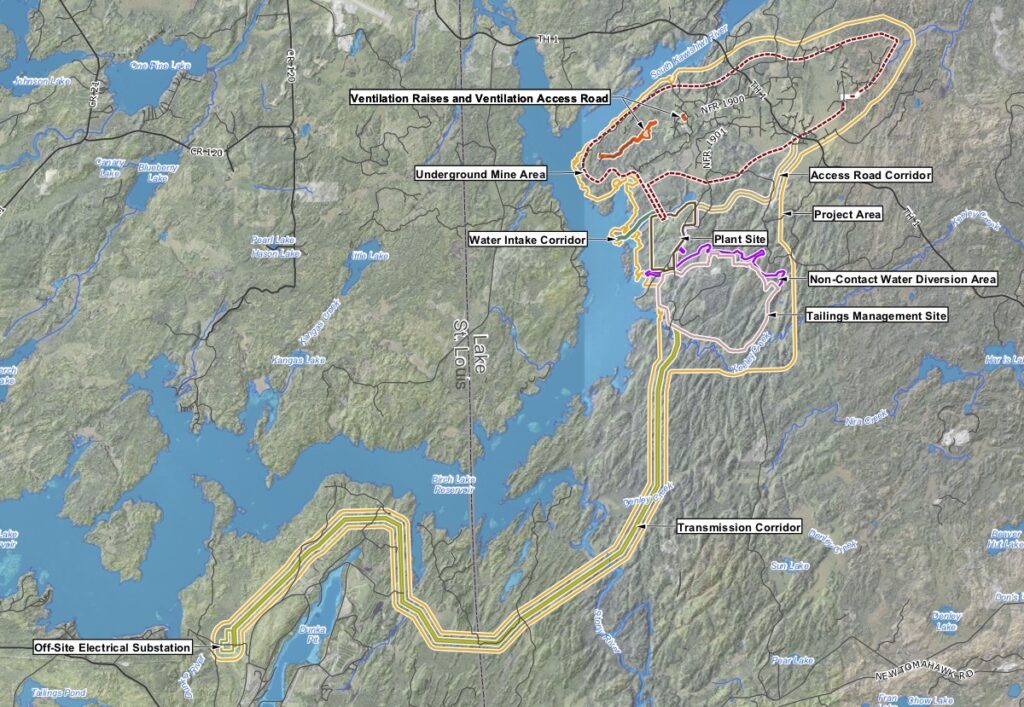
The state of Minnesota has provided a long list of comments on the first proposal submitted by mining company Twin Metals, with comments ranging from critical to questioning. Regulators had more than 800 notes, queries and clarifications needed from the company on documents it submitted last December, which initiated environmental review of the project.
Both the Department of Natural Resources and the corporation said such a response was fairly typical for such a complex project. The DNR is leading a state-level environmental review of the mine proposal from Twin Metals, a subsidiary of Chilean mining conglomerate Antofagasta PLC.
“It is a normal part of the process for a project proposer to receive comments related to an initial data submittal; it does not mean the submittal has been deemed incomplete,” Twin Metals spokeswoman Kathy Graul told the Star Tribune.
The second sentence of the state agency’s comments is: “DNR has determined the initial submittal to be incomplete.”
Twin Metals said it will respond to the comments in the coming weeks. There is no strict timeline at this early point in the process.
The proposed copper-nickel mine would be located about three miles from the edge of the Boundary Waters Canoe Area Wilderness, near the South Kawishiwi River and Birch Lake, 10 miles southeast of Ely. There has been widespread public concern and opposition to the project because of the industry’s track record of water pollution and other environmental damage.
Still early in the proposal process, Twin Metals has been drilling rock core samples around the area for more than a decade, while developing its proposal for a large-scale underground mine. An estimated 20,000 tons of ore would be processed each day over a permitted operational life of 25 years. Waste rock from mining would be backfilled underground, while half of the tailings produced during the ore extraction process would also be deposited underground and the other half would be deposited on the surface.

The DNR’s comments ranged from minor to significant. Reviewers expressed concerns about assumptions about sulfur content of waste rock and tailings, precipitation in the face of climate change, and closure and clean-up plans.
Twin Metals has notably announced that it will use a “dry stack” method for storing its tailings, the finely ground waste leftover after valuable minerals are extracted from ore, piling them up to about 130 feet high. This plan is in contrast to nearby mine proposal from PolyMet, which would store tailings in large ponds held back by earthen dams.
While dry stacking has some benefits for preventing pollution, because it reduces the risk of a dam collapsing and letting loose a torrent of contaminated slurry, the method brings its own risks for runoff from the massive piles escaping the mine site.

The Twin Metals proposal shows the edge of the tailings pile, as well as containment ponds for runoff, would be perhaps 200 yards from the shores of Birch Lake in some places, with Keeley Creek flowing past much of the tailings area before emptying into the lake.
“Further information is needed to confirm that potential [Acid Rock Drainage] from waste rock stockpiles and tailings is avoided,” one comment reads.
Another typical recommendation makes specific requests about how to account for global warming.
“The assumption of a changing, nonstationary climate should be used to evaluate impacts to surface water and groundwater quality and quantity, both of which may be sensitive to future changes in regional climate,” the comment reads.
Often the agency found language vague to the point its meaning could be misunderstood. Almost all comments have specific actions requested, asking for more information, clarification, or something else. Other comments just note issues as important to discuss at a later time.
The Twin Metals mine proposal is still in its early stages of public review. The current phase is called “scoping,” which primarily gives the company and regulators a chance to discuss what issues and information will need to be part of the Environmental Impact Statement.
Once scoping documents are drafted, there will be a public comment period, as well as additional comment periods during future phases of the review. Only once an Environmental Impact Statement has been completed will the company be able to apply for state and federal permits, which would also allow for public involvement.
More information
- DNR Twin Metals project EIS website
- DNR comments on initial submission (PDF)
- DNR deems Twin Metals’ plan for copper mine near Boundary Waters ‘incomplete’ – Minneapolis Star Tribune

